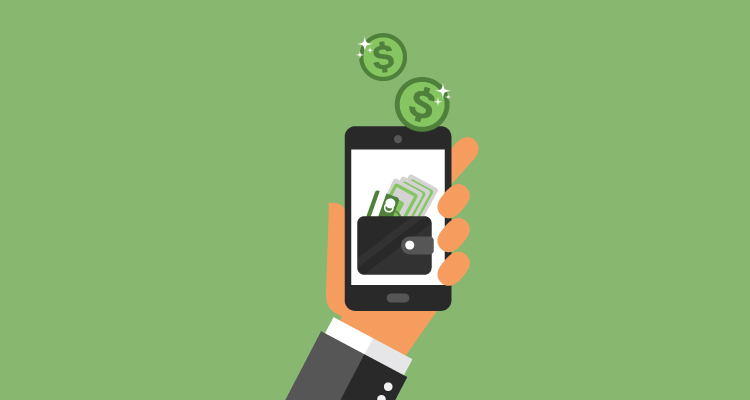Nothing is worse the uncertainty that comes with knowing that your cash flow is low when you still have a while until another payment comes in. When running a business, you have so many things to manage.
When cash flow runs low, it puts you in a very vulnerable situation. You may have important expenses to pay or contractors to compensate. Not to mention, you need to take home a profit so you can meet your own needs.
The good news is that always being short on cash does not have to be your reality if you own a business. Here are a few effective ways to manage cash flow when you’re in between payments.
Table of Contents
ToggleGet on a Budget
Just like you budget your personal finances, you need to budget money for your business properly as well. Write down all your monthly business expenses and estimate your personal and business income.
Try to space out some payments so that you’re not paying for all your expenses at one time. If you can, move some costs around if you’re waiting for a payment. You may need to hold off on making an investment if you don’t have the cash to cover it.
Putting an expense off for a week or even 30 days probably won’t drastically affect your business. Plus, it will give you more peace of mind as you stretch the cash you have for the time being.
Use An Account Buffer or Emergency Fund
I’m a huge supporter of the idea that entrepreneurs have a separate emergency fund for their business. Your income is likely to fluctuate and it’s super helpful to have some reserves on hand if you’re trying to manage cash flow when you’re in between payments.
It takes time to save up an account buffer or business emergency fund so prioritize setting money aside during the busier months when your income is higher. Stick to your business budget and save all the excess that you earn.
If you need to use some of the money to help manage cash flow, be sure to replace it when your payments come in. Think of it as a short-term entry-level loan to yourself.
Get Paid Earlier
This may sound obvious to some, but you can actually get paid earlier depending on the payment processing system you use. Send invoices on-time. Make sure your payment system accepts all types of credit cards and keep transaction costs low so clients and customers can pay you quickly and easily.
If you accept checks, consider using a lockbox service through your local post office. Many post office boxes are serviced by banks so your payments can be processed by banks quickly. Or, you can always opt to receive payments via direct deposit or wire transfer so long as you have confirmed the person you’re working with is legitimate.
Space Out Invoices
If you only invoice clients once a month, consider sending 2 invoices per month or sending a payment request weekly. You would simply be dividing up your monthly payment. However, this can help you with budgeting and cash flow.
If you have multiple clients, you can split your invoices up and choose different days to get paid. Just let clients know in advance so a mutual agreement can be made.
Summary
Being able to successfully manage cash flow when you’re in between payments is not fun. However, it can be avoided by making some simple changes to your budget and payment schedule. In a worst case scenario, you can rely on your emergency reserves or a 0% credit card that you pay off as soon as you receive your payments.















